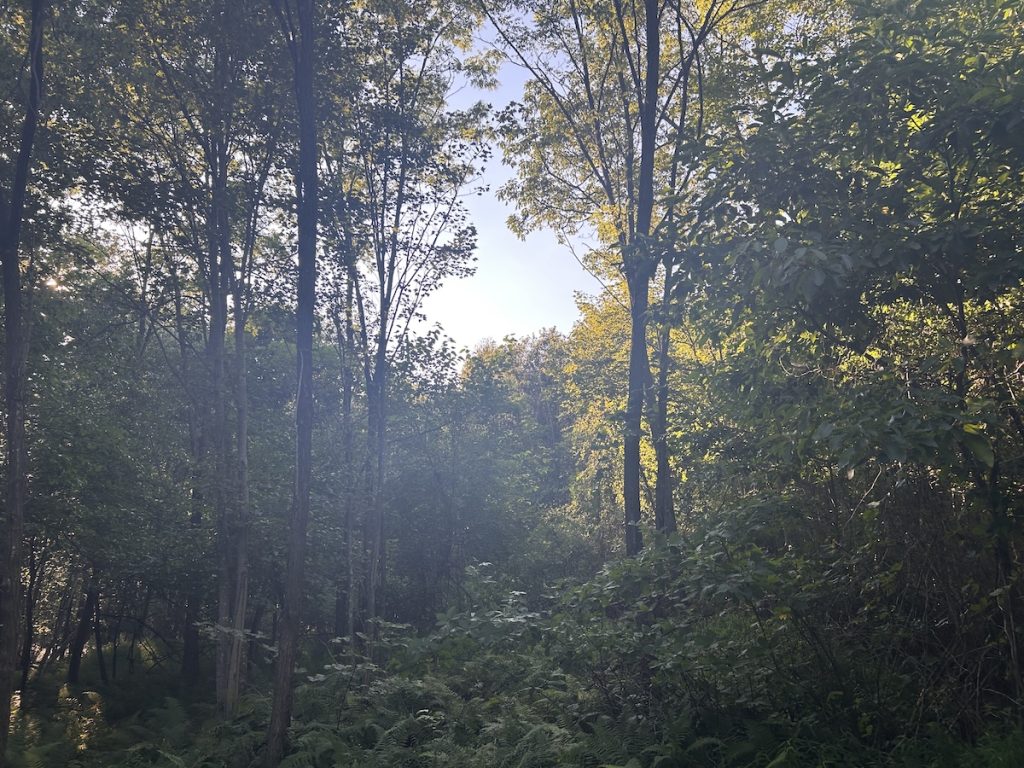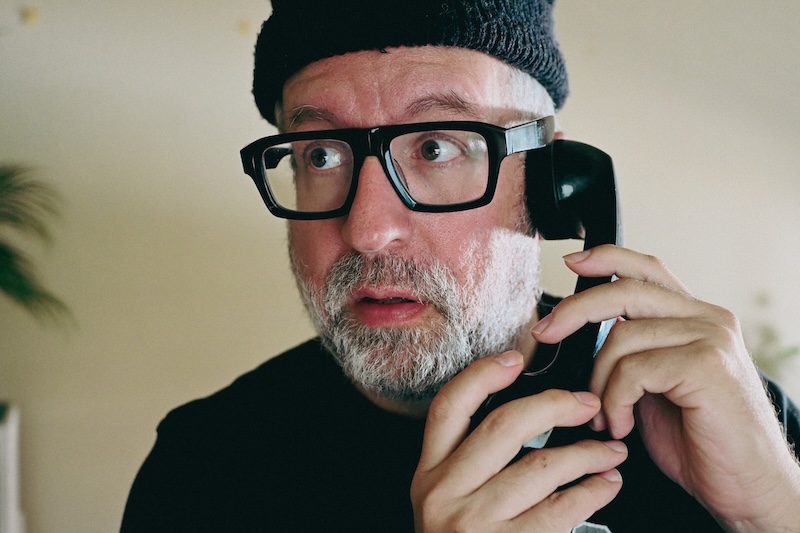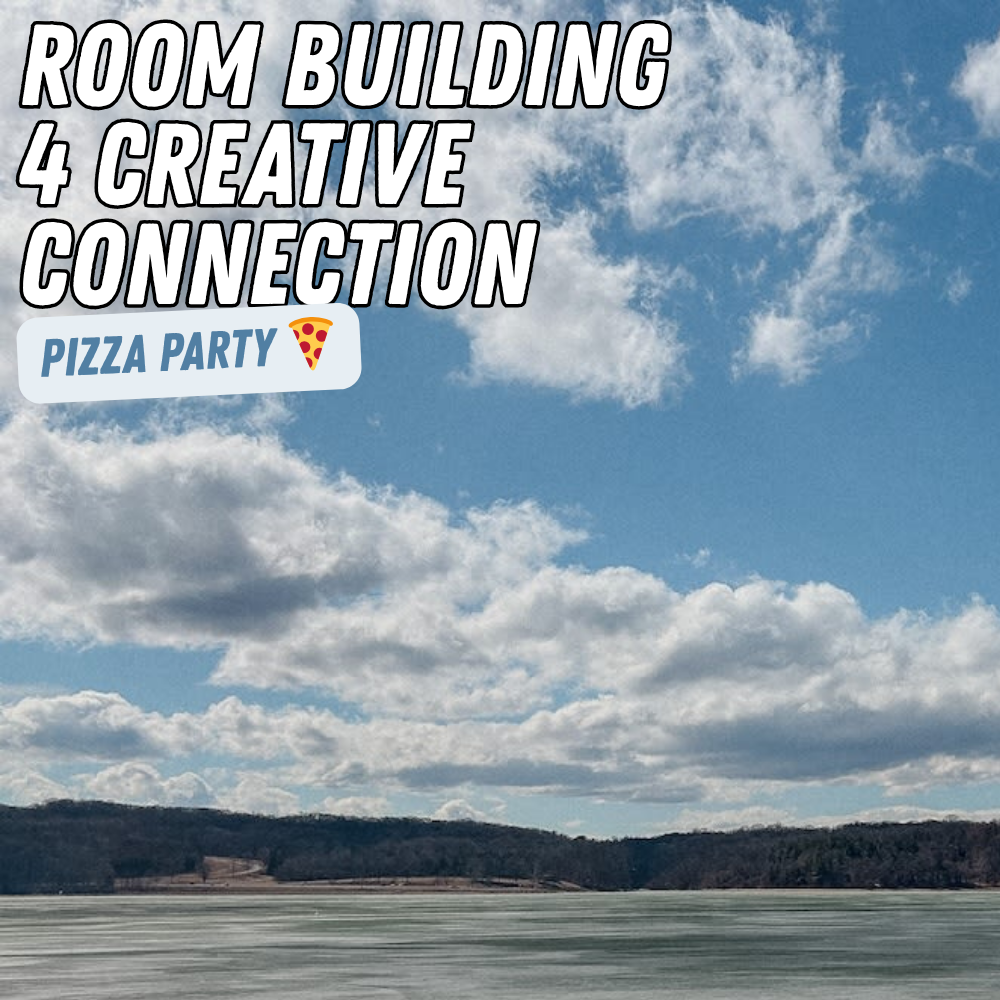Hardly anyone knows about your latest project, let alone something you did three weeks ago (or three years).
Send a link to three people and let them know about it. Doing this takes minutes and is probably more effective than posting on socials for 95% of your audience to miss. Send via email, text, or DM. Just be cool about it.
I got this question from Leslie recently:
I recently started on Substack after being inspired by Mad Records’ experiment of releasing music outside Spotify. I have a small following and want to build a community I can keep, even if I eventually move platforms. Connection is important to me, but I’m unsure how to offer value or grow my audience. As I explore Substack through tutorials, I’m seeing a lot of concern about the platform shifting towards social media-style features (ads, algorithms, etc.) that may not be ideal for creatives. I’m feeling discouraged. Do you think Substack is still worth the effort for building a community?
First off, as an artist, you are not offering value or growing an audience, you’re making magic and pulling people into your creative orbit.
Second, yes, Substack is veering into social media territory for sure. But right now it’s an effective tool for letting curious visitors sign up for your email list.
So, all that said, time spent on Substack doing anything to attract any amount of readers is time well spent. Finding fans is one thing, but being able to reach those fans is another. If Substack allows you to build an email list of 10 people, well, you get the email those 10 people for the next several years. Every bit of effort here is worth it because of the foundation you build with an email list.
If you’re still using one of those Link In bio services, now is the time to clean it up. My god, I’ve seen some artists with 50+ links in those things. Do you expect fans to dig through all those? More choices just means your fans aren’t even going to click anything.
Consider putting all the things you’re linking to (YouTube videos, music, upcoming appearances, store) on your own website, then just simply linking to your website. One link to rule them all.
Our work doesn’t need perfect duplications on multiple sites and platforms, our work needs to have a place where the final version resides.
As Professor Pizza said years ago on one of our first Zoom calls, “Stop giving your best work to social media.”
Everything is a billboard – your YouTube descriptions, your email footers, your newsletters, even what you say when the podcast interviewer asks “where can people find you online?”
Don’t rattle off the 3-5 social media platforms – those are places where you can’t reach all of your fans when you post something!
And sure – those social media profiles are exciting because you update them 12 times a day.
But imagine if you spent the same amount of time updating your website rather than uploading free content to a social media platform so your fans… can just stay on a social media platform (and not see all your posts).
Next year is always right around the corner, and it will never get any easier to reach your existing fans on social media. Time to set up a website and send out some good email newsletters.

This week on our weekly Escape Pods, we kicked things off on Monday by talking about letting go of misaligned content and making space for better signals. We explored the tension between short-term platform growth and long-term creative sustainability, and how even small changes (like a new name or format) can breathe life back into stalled projects.
On Thursday, we were joined by my friend and Peabody Award–winning producer Sean Cannon, who traced his path from my little music blog to AOL Music chaos to deep-dive investigative podcasting. We talked about chasing weird stories (Run the Jewels + cat rap, and boxing Ted Leo), and how getting just 5% better each time can transform your work.
Then on Saturday’s Escape Pod Mini, we brought things back to the local level, like flyers on bulletin boards, in-person readings, and rebuilding creative energy offline. We talked about the sting of unsubscribes, the strange dance of asking friends and family for support, and how renaming your newsletter or project might be exactly what opens our next chapter.
If you’d like join our Zoom calls, sign up for a 30 day trial here. That’ll give you time to sit in on a few calls, and even get two free replies of my Email Guidance offering.
(more…)I wrote that we spent years putting our best “content” onto social media platforms, and wonder why no one visits our websites anymore, to which Matt replied:
I keep finding my way back to your site because this premise is so enticing. What do you think are the best “top of funnel” strategies for growth if someone really wants to embrace the your name dot com lifestyle? I’m doing music, so I could imagine focusing more on live shows and pen/paper email list sign ups. But then I wouldn’t have met you!
To think of all the people I haven’t met because I’m not on TikTok, right? Or I didn’t go to that local event last Tuesday! What if instead of hoping for favor with the algorithms we embrace the serendipity?
Q. SETH, WHAT DO I EVEN PUT ON MY WEBSITE?
A. Think of the 1,000 posts you’ve put on social media over the last decade. That. That’s what you’ll put on your site.
Those links you send to friends via text? Yeah, put them on your site and write about ‘em. Same with YouTube videos and albums you find on Bandcamp and Spotify.
All those “image assets” you posted on Instagram that 95% of your fans didn’t even see? Put those on your website.
The interviews, and bits of press you’ve gotten? Put them on your website.
Your videos can still reside on YouTube. But they can also sit on your website, surrounded by behind-the-scenes photos and stories about the shoot (and buttons to buy your things).
Stop shoveling all our best work onto platforms you don’t own and then wonder why no one visits your website.
I get asked this a lot via my Email Guidance offering, with a few variations:
I do multiple things, how do I bring them all together on my website?
This always reminds me of Seth Godin’s blog.
Everyday there’s a new post. On occaion Seth is working on something new – a new book, and event, something else.
And he writes about it, and links to it.
Yes, there’s a sidebar. But the main event is that big block of text that starts at the top with a headline.
That says “we’re starting here today. Come along for the ride.”
It’s not for everybody, and that’s the point. Your blog is the cool band shirt you wear on the first day of school, or the book you read on the subway, or the shade of green you dye your hair.
You’re not for everyone, but the people that can pick up on those cues? Those are your people.
“You need to trust your members enough to know they can decide what’s best for themselves. You’re not a mommy or a daddy—you’re an adult community leader.”
Wise words from my talk with Kristen Tweedale on how she runs community, but it applies to how you put your work out there, too.
Get people to your site, give them a starting point, and get out of the way.

I help creative people quit social media, promote their work in sustainable ways, and rethink how a website and newsletter can work together. Find out more here. 🏳️🌈🏳️⚧️
Join us — Get a 30 day trial for $10 and join our next Zoom call meeting!
Looking for personalized help? Check out my Email Guidance offering.
Need help now? Book a 1:1 call here.
Email me: seth@socialmediaescape.club
Subscribe via RSS

